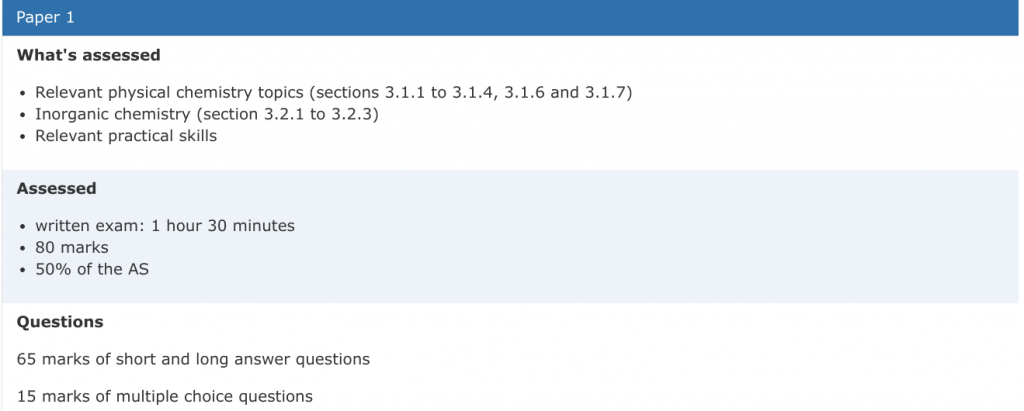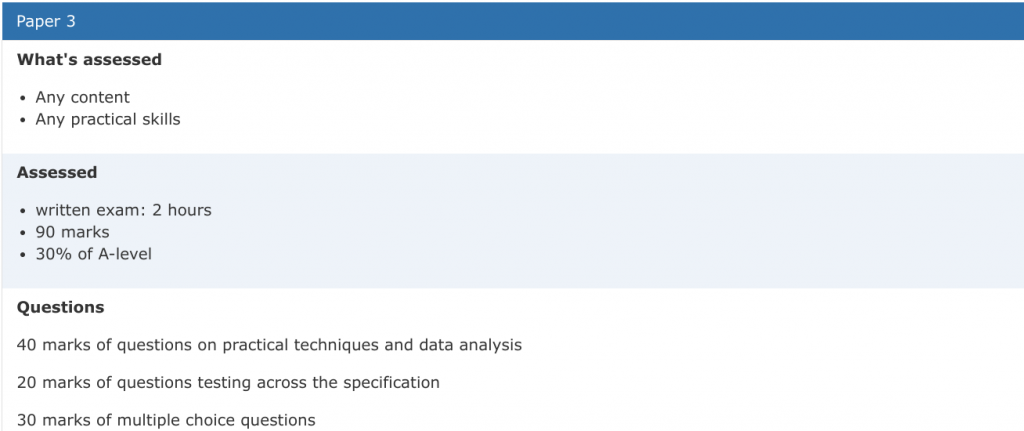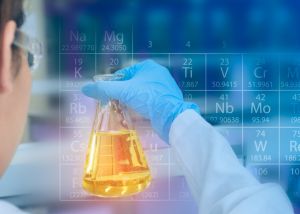Project Description
AS/A Level Chemistry Course
Exam board: AQA
AS Level: 7404 – A level: 7405
Chemistry is an excellent preparation for students looking to extend their understanding of a key physical science. It is a central science which opens up the possibility of a huge range of science related university courses and jobs. These includes medicine and health related professions such as dentistry, pharmacy and veterinary sciences etc., as well as chemical engineering, optometry and courses that overlap with maths and physics.
A Level Chemistry blends particularly well with other science subjects such as Physics and Biology. Some students also take it as a complementary course alongside their other choices. If you are interested in how things work and why materials behave as they do then chemistry is for you
Entry Requirements
To study A Level Chemistry you need a minimum of five GCSEs at grade 4-9 or C and above. You also require grade 5 or C + in Mathematics and Chemistry and one other science / 5 or above in Combined Science.
It is recommended that you have followed higher tier maths as the mathematical demand is high and within A Level Chemistry 20% of the marks available for written examinations will be for assessing mathematics. This includes skills such as changing the subject of an equation, logarithmic functions, graphical analysis including calculating tangents to curves and visualising 3D shapes.
Curriculum
These qualifications are linear. Linear means that students will sit all the AS exams at the end of their AS course and all the A-level exams at the end of their A-level course,
Subject content
3.1 Physical chemistry
- 3.1.1 Atomic structure
- 3.1.2 Amount of substance
- 3.1.3 Bonding
- 3.1.4 Energetics
- 3.1.5 Kinetics
- 3.1.6 Chemical equilibria, Le Chatelier’s principle and Kc
- 3.1.7 Oxidation, reduction and redox equations
- 3.1.8 Thermodynamics (A-level only)
- 3.1.9 Rate equations (A-level only)
- 3.1.10 Equilibrium constant Kp for homogeneous systems (A-level only)
- 3.1.11 Electrode potentials and electrochemical cells (A-level only)
- 3.1.12 Acids and bases (A-level only)
3.2 Inorganic chemistry
- 3.2.1 Periodicity
- 3.2.2 Group 2, the alkaline earth metals
- 3.2.3 Group 7(17), the halogens
- 3.2.4 Properties of Period 3 elements and their oxides (A-level only)
- 3.2.5 Transition metals (A-level only)
- 3.2.6 Reactions of ions in aqueous solution (A-level only)
3.3 Organic chemistry
- 3.3.1 Introduction to organic chemistry
- 3.3.2 Alkanes
- 3.3.3 Halogenoalkanes
- 3.3.4 Alkenes
- 3.3.5 Alcohols
- 3.3.6 Organic analysis
- 3.3.7 Optical isomerism (A-level only)
- 3.3.8 Aldehydes and ketones (A-level only)
- 3.3.9 Carboxylic acids and derivatives (A-level only)
- 3.3.10 Aromatic chemistry (A-level only)
- 3.3.11 Amines (A-level only)
- 3.3.12 Polymers (A-level only)
- 3.3.13 Amino acids, proteins and DNA (A-level only)
- 3.3.14 Organic synthesis (A-level only)
- 3.3.15 Nuclear magnetic resonance spectroscopy (A-level only)
- 3.3.16 Chromatography (A-level only)
AS Assessments


A level Assessments



- In addtion, there are 12 practical assessments required to complete this A level.
Access Arrangements
Access Arrangements allow candidates/learners with special educational needs, disabilities or temporary injuries to access the assessment without changing the demands of the assessment.
For example, readers, scribes and Braille question papers. In this way, Awarding Bodies will comply with the duty of the Equality Act 2010 to make ‘reasonable adjustments’.
We can arrange access arrangements and assess you with our special assessor. The deadline for application to the exam board is the February of the year the learner sits the exams.
To find out more about exam access arrangements click here
FAQs
SWANSEA COLLEGE A LEVEL COURSES
Have a question? Ask our virtual assistant on live chat below
or call us on 01792 535000 and speak to our experienced Student Adviser.























